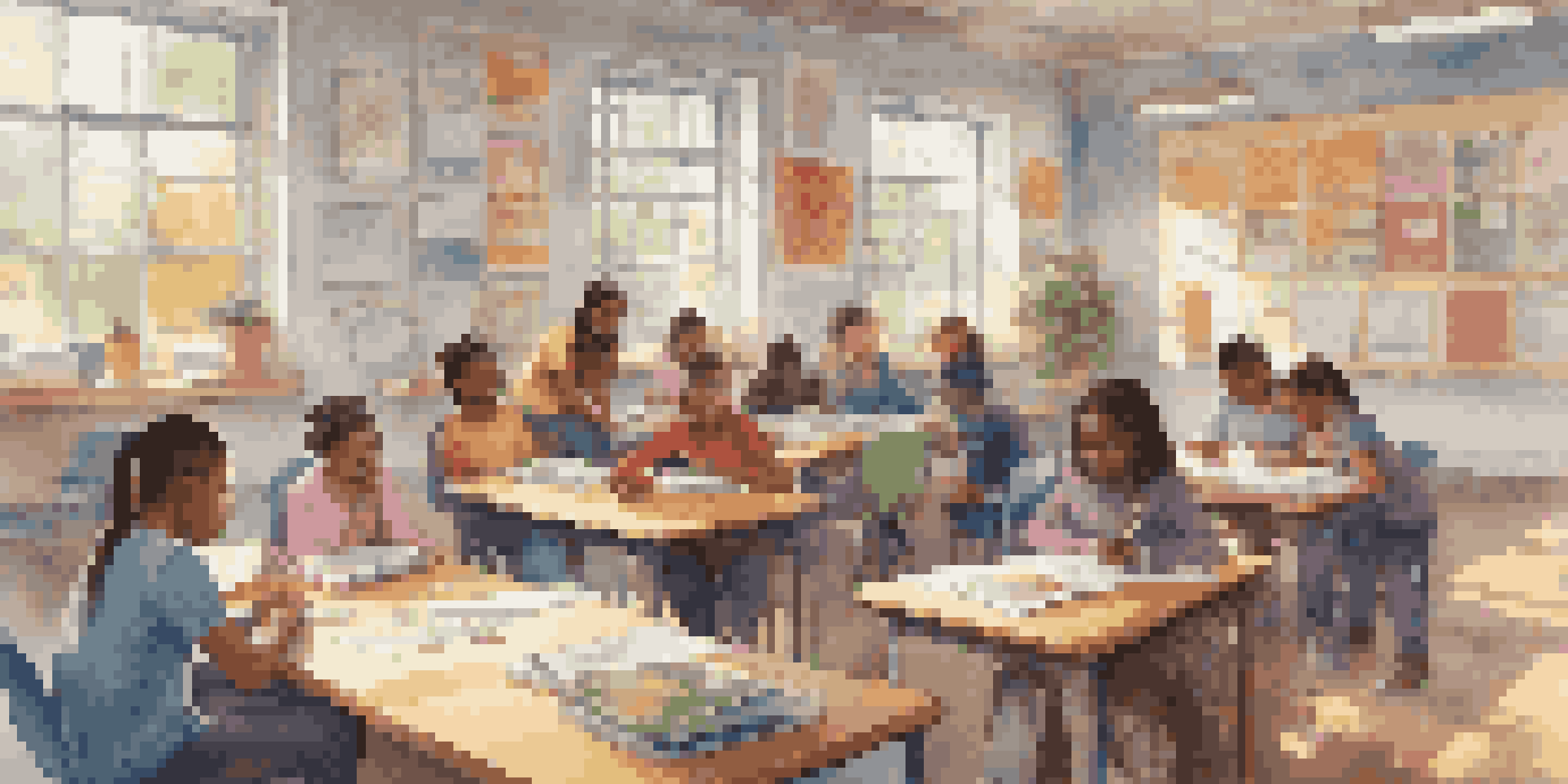The Role of Problem-Based Learning in Constructivism

Challenges and Considerations in Implementing PBL
While Problem-Based Learning offers numerous benefits, it's important to acknowledge the challenges educators may face when implementing it. One common hurdle is the shift in mindset required for both teachers and students. Moving away from traditional methods necessitates a willingness to embrace uncertainty and a degree of discomfort associated with open-ended problems.
The greatest danger in times of turbulence is not the turbulence; it is to act with yesterday's logic.
Additionally, educators must be adept at guiding students through the PBL process without providing all the answers. This can be a delicate balance, as teachers need to support students while allowing them the autonomy to explore. Providing adequate resources and scaffolding is crucial to ensure students feel confident in their ability to tackle complex problems.
Furthermore, assessment in a PBL environment can be challenging, as traditional grading methods may not capture the depth of learning. Educators may need to develop new assessment strategies that prioritize process over product, focusing on collaboration, critical thinking, and individual contributions. By addressing these challenges, educators can create a successful PBL experience that truly embodies the principles of constructivism.